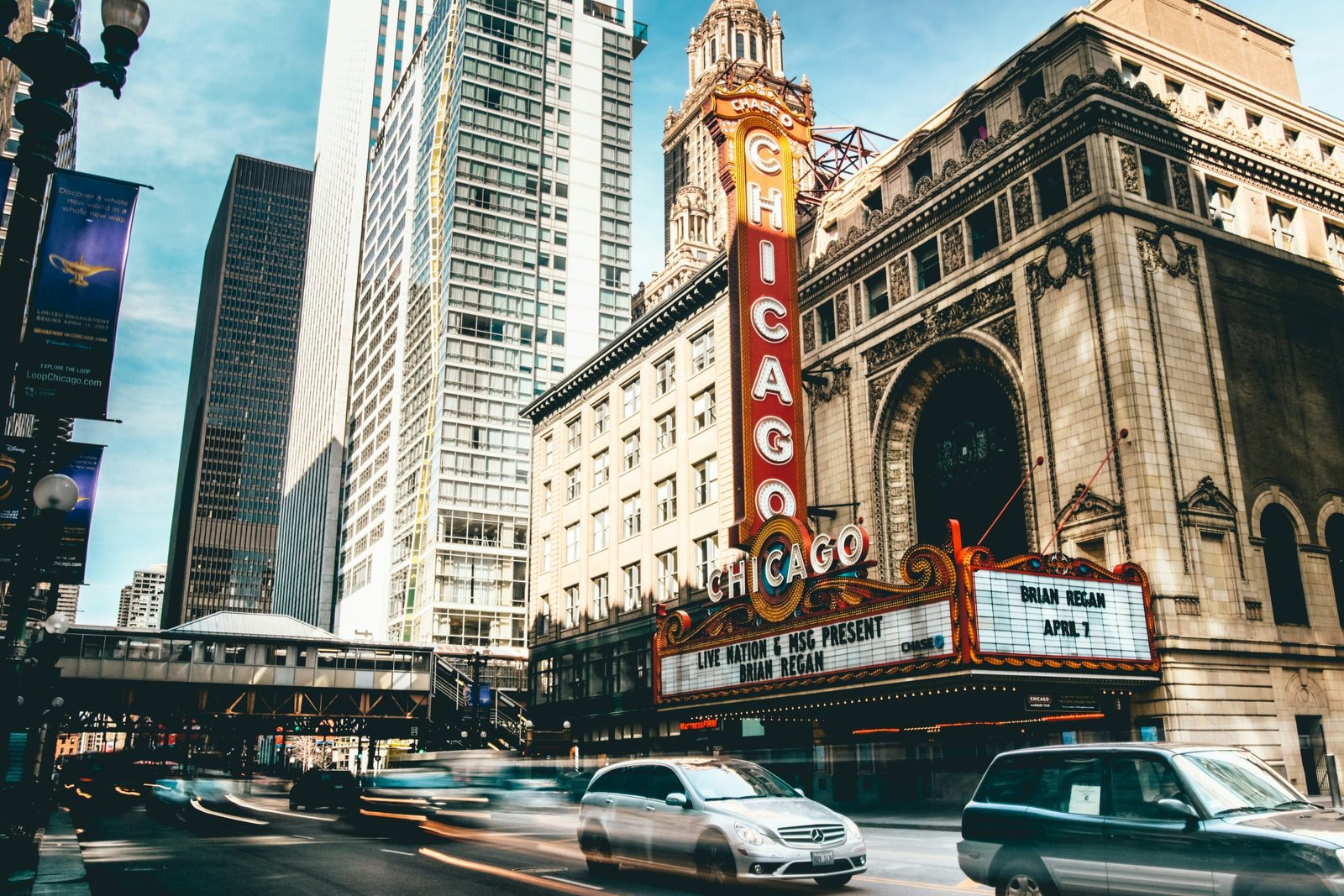Introduction
Zanzibar, a semi-autonomous archipelago off the coast of Tanzania, is a melting pot of cultures, influenced by African, Arab, Indian, and European heritages. This tapestry of traditions is most vividly experienced through its evocative music and dance, essential elements of Zanzibari life. These artistic forms are not just performances; they are the living, breathing manifestations of the island’s history, community, and spirit. Immersing yourself in Zanzibar’s cultural offerings allows for a unique and authentic experience unlike any other. Whether you’re wandering the ancient streets of Stone Town, participating in local festivals, or enjoying the serene beaches, the melodies and rhythms of the island will surely captivate and enchant you. Through this exploration, you’ll gain insight into the soul of Zanzibar, unlocking an unforgettable journey into a rich cultural heritage that thrives amidst its modern-day vibrancy.
The Cultural Mosaic of Zanzibar
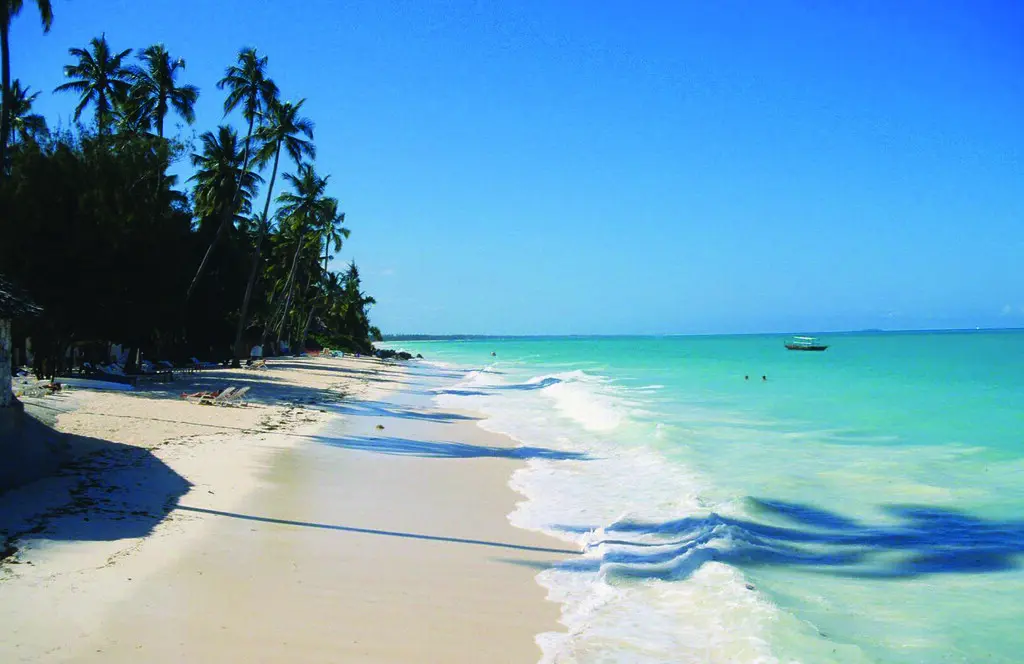
Image courtesy: Flickr
The island of Zanzibar, a jewel in the Indian Ocean, is a tapestry woven with rich threads of history and culture. Referred to as the Spice Island, Zanzibar has been a critical crossroad in the trade routes between the Middle East, India, and Africa for centuries. This strategic position has imbued the island with a vibrant cultural heritage, making it a unique destination for those interested in immersing themselves in a place where tradition and modernity blend seamlessly.
Rich History and Heritage of Zanzibar’s Cultural
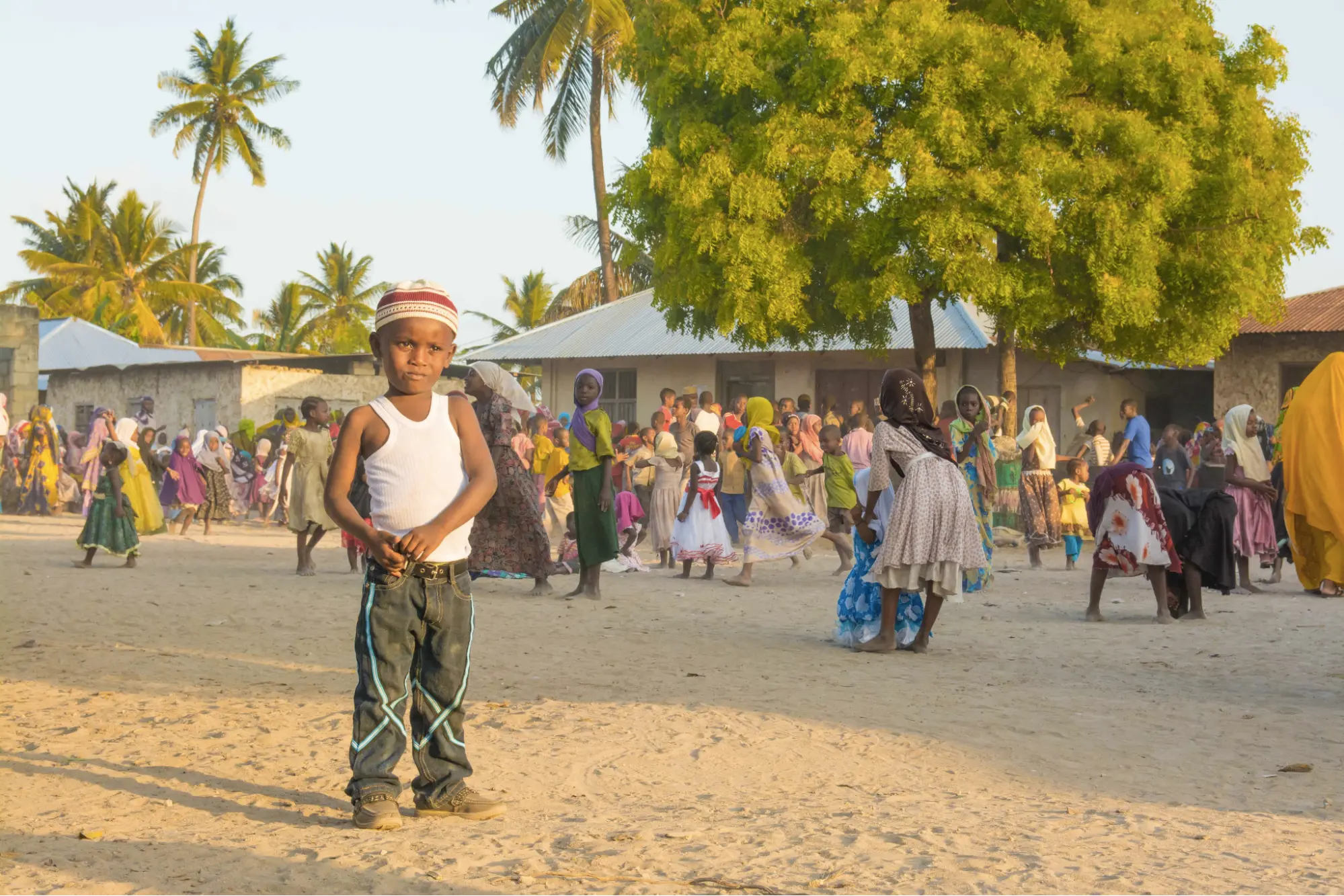
Image courtesy: Wikimedia Commons
Zanzibar’s history is as complex as it is fascinating. Dominated over the centuries by various foreign powers, including the Portuguese, Omanis, and British, the island has a multifaceted heritage. Stone Town, Zanzibar’s historic center, is a UNESCO World Heritage Site, showcasing intricate architecture that includes the famous Zanzibari doors, carved with intricate designs and often inscribed with Quranic verses. These doors serve as a testament to the island’s affluence and the blend of Arab, Persian, Indian, and European influences.
Fusion of Cultures
The cultural landscape of Zanzibar is a fusion of African, Arab, Indian, and European influences, creating a unique social tapestry. This melting pot is evident in its language, Swahili, which incorporates words from Arabic, Persian, and Portuguese. The island’s cuisine, a tantalizing mix of flavors and spices, tells the story of its diverse cultural influences, with dishes that reflect the best of its African roots and Asian and European influences. Festivals such as the Zanzibar International Film Festival and the Sauti za Busara music festival are vibrant displays of this cultural blend, attracting enthusiasts from around the globe.
Music: A Melodic Journey Through Zanzibar
Music is the soul of Zanzibar, reflecting the island’s historical journeys and cultural exchanges. From traditional tunes to modern beats, music plays a vital role in the daily lives of its people, marking occasions from the sacred to the celebratory.
Traditional Music Styles
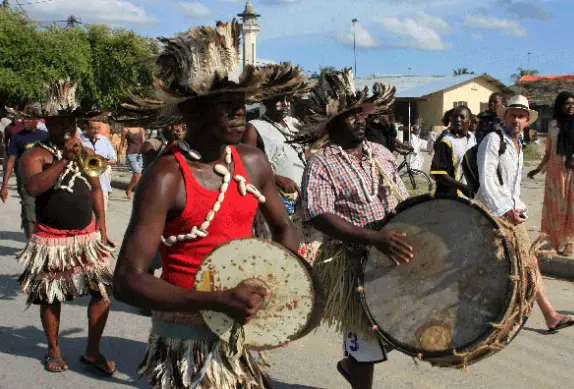
Image courtesy: Wikimedia Commons
Among the traditional music styles of Zanzibar, Taarab is the most renowned. Introduced in the 19th century by Sultan Seyyid Barghash, Taarab is an enchanting blend of Swahili tunes with Arabic influences. Instruments such as the qanun (zither), oud (a pear-shaped stringed instrument), violins, and ney (flute) create a melodious harmony that captivates both locals and visitors. Another traditional genre, Kidumbak, is a more rhythmic and dance-oriented style played with a ngoma (drum), kinanda (accordion), and marimba (xylophone), creating a lively atmosphere that encourages audience participation.
Influence of Swahili Music
Swahili culture, predominant in Zanzibar, has significantly influenced the island’s music scene. Swahili music is a reflection of the island’s trading history, incorporating elements from Africa, the Arab world, and beyond. The lyrics, often in Swahili, are poetic, embracing themes of love, social justice, and reflections on daily life. This music not only entertains but also serves as a vehicle for cultural expression and preservation.
Contemporary Music Scene
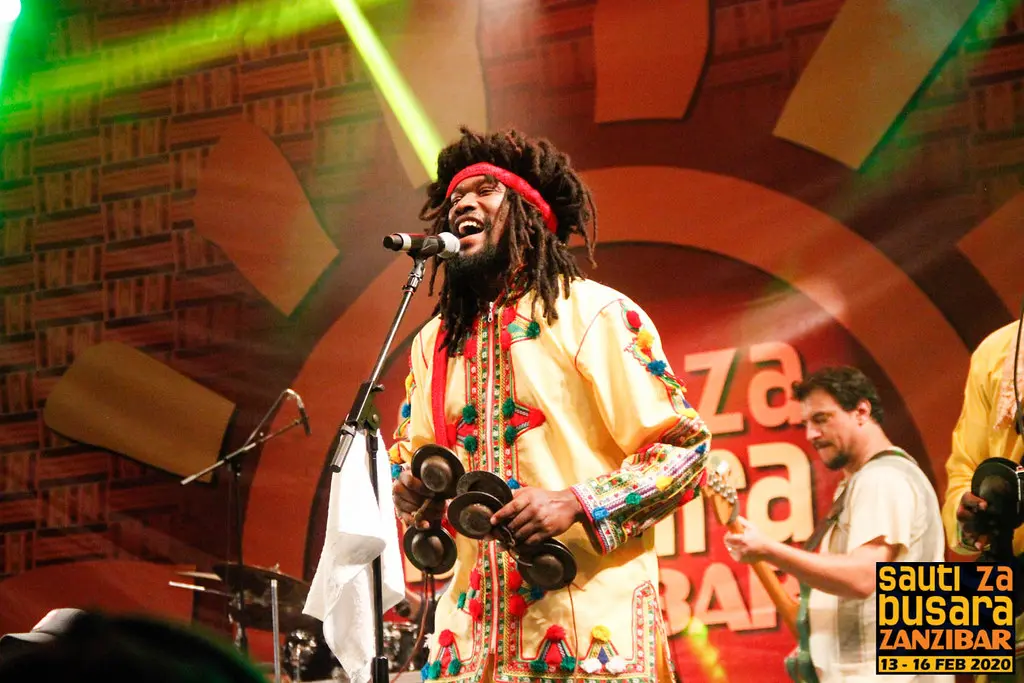
Image courtesy: Flickr
The contemporary music scene in Zanzibar is vibrant and dynamic, incorporating traditional elements while embracing modern influences. Artists combine traditional instruments with modern genres, creating an exciting fusion that appeals to a broad audience. Hip hop, reggae, and bongo flava (a Tanzanian music genre) are particularly popular, with lyrics that reflect contemporary issues and the aspirations of the island’s youth. Music festivals and live performances are commonplace, showcasing both local talent and international acts, further solidifying Zanzibar’s reputation as a cultural hub.
In conclusion, Zanzibar’s music and dance traditions are integral components of its cultural identity, offering a window into the island’s soul. Through these expressions, Zanzibar not only preserves its rich heritage but also tells the story of its evolution, making it an unforgettable cultural getaway.
Dance: Rhythmic Expressions of Zanzibar
Dance in Zanzibar is not merely a form of entertainment but a vibrant expression of the island’s cultural identity and historical tapestry. Rooted in African, Arab, and Persian influences, the dances of Zanzibar are a visual feast, rich in rhythm and storytelling.
Traditional Dance Forms
Among the traditional dance forms, Kidumbak and Taarab stand out. Kidumbak is a more intimate, rhythmically freer form of Taarab, primarily featuring percussive instruments like the ngoma (drums) and sometimes the qanun or violin, drawing people closer through its infectious beats. Taarab, on the other hand, is known for its melodic orchestration, combining instruments like the oud (lute), violins, and kanun (zither), along with poetic Swahili lyrics that often express themes of love, loss, and societal reflections. The visceral energy and elegant movements of these dances encapsulate the soulful blend of Africa’s pulse with the intricate melodies of the Middle East.
The Significance of Dance in Zanzibari Culture
Dance in Zanzibar transcends the realm of art. It serves as a medium of storytelling, a communal activity that strengthens social bonds, and a ritualistic practice that connects people to their ancestry and traditions. Community gatherings, weddings, and religious festivals are incomplete without the lively beats of ngoma or the soul-stirring melodies of Taarab. These dances are not just performances; they are intricate retellings of Zanzibar’s rich history and a testament to the island’s spirit of unity and resilience.
Modern Interpretations of Traditional Dances
In recent years, Zanzibar has witnessed a resurgence of interest in traditional dances, but with a contemporary twist. Young artists and dance troupes are blending traditional steps and rhythms with modern music genres, creating a vibrant new form of cultural expression that appeals to both the younger generation and tourists. This fusion not only breathes new life into Zanzibar’s dance culture but also ensures its continuity and relevance in the globalized world.
Tradition: Preserving the Essence of Zanzibar’s Cultural
The preservation of culture in Zanzibar is not only seen in its music and dance but also through its rich oral traditions, vibrant festivals, and intricate handicrafts. These elements reflect the soul of Zanzibar, showcasing the creativity and resilience of its people.
Oral Traditions and Storytelling
Oral traditions and storytelling are pivotal in preserving Zanzibar’s history and moral values. Tales passed down through generations encapsulate the wisdom, humor, and struggles of Zanzibari life. Storytelling sessions, often held in the cool of the evening, are not just entertainment; they are communal lessons in the virtues of courage, respect, and community.
Festivals and Celebrations
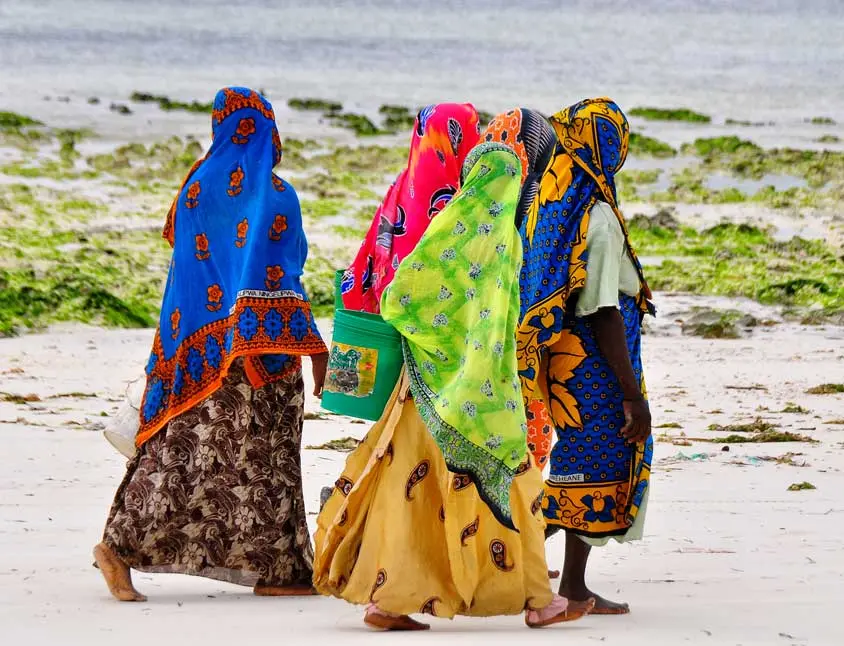
Image courtesy: Wikimedia Commons
Zanzibar’s calendar is marked by vibrant festivals and celebrations that draw people from all walks of life. The most notable is the Zanzibar International Film Festival, acclaimed as East Africa’s largest cultural event, which showcases the best of Swahili Coast arts and culture. The Sauti za Busara (Sounds of Wisdom) music festival is another hallmark event celebrating African music. These festivals are not just about entertainment; they are a showcase of the island’s commitment to cultural preservation and international exchange.
Handicrafts and Artistic Practices

Image courtesy: Flickr
The skilled hands of Zanzibari artisans weave, carve, and create artifacts that are as beautiful as they are meaningful. From the weaving of intricate palm baskets to the carving of elaborate wooden doors and the creation of traditional kanga textiles, each piece tells a story of cultural heritage and artistic dedication. These handicrafts are tangible expressions of Zanzibar’s history and creativity, cherished by locals and sought after by visitors as unique, authentic mementos.
In preserving these dances, oral traditions, festivals, and handicrafts, Zanzibar protects the very essence of its culture, ensuring that its rich tapestry continues to captivate and inspire both its people and the world.
Immersing Yourself in Zanzibar’s Cultural Tapestry

Image courtesy: Wikimedia Commons
Zanzibar, a semi-autonomous region of Tanzania, offers an unparalleled cultural experience deeply rooted in music, dance, and tradition. Its cultural tapestry is a reflection of the diverse influences from African, Arab, Indian, and Persian settlers, each leaving an indelible mark on the island’s heritage. To truly immerse yourself in Zanzibar’s rich cultural heritage, participating in music and dance workshops, exploring cultural sites, and engaging with local communities are essential activities.
Participating in Music and Dance Workshops
One of the most interactive ways to experience Zanzibar’s culture is by taking part in music and dance workshops. These sessions, often led by local artists and musicians, offer a hands-on approach to learning traditional rhythms and movements. From the upbeat tempo of the Taarab, a music genre that blends Swahili tunes with Arabic influences, to the energetic dances accompanying Ngoma drumming, participants gain insight into the island’s musical heritage. Such workshops not only teach the technical skills of music and dance but also immerse attendees in the emotional and historical contexts of these art forms.
Exploring Cultural Sites
Zanzibar’s history is etched into its architecture and landmarks, making visits to cultural sites an enriching experience. The Stone Town, a UNESCO World Heritage Site, stands as a testament to the island’s rich historical tapestry, with its narrow alleys, carved doors, and historic buildings. Exploring the House of Wonders, the Old Fort, and the Palace Museum provides a glimpse into the sultans’ era and the island’s role in the spice and slave trades. Each site tells a story, offering visitors a deeper understanding of the island’s past and its influence on contemporary cultural practices.
Engaging with Local Communities
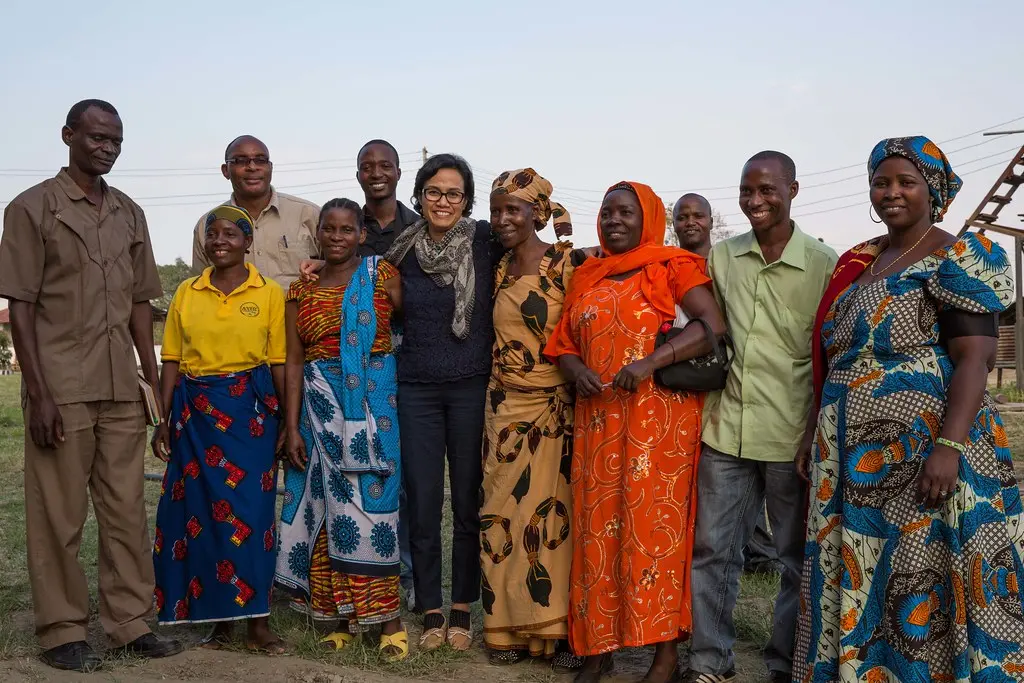
Image courtesy: Flickr
To fully appreciate Zanzibar’s cultural offerings, engaging with local communities is vital. This engagement can take many forms, from visiting local markets and interacting with artisans to participating in village life or attending a traditional wedding ceremony. Such interactions allow for an authentic glimpse into the daily lives of Zanzibaris, their customs, and their traditions. By engaging with local communities, visitors not only enrich their understanding of Zanzibar’s culture but also contribute to sustainable tourism efforts by supporting local economies.
Immersing yourself in Zanzibar’s cultural tapestry through music and dance workshops, exploring cultural sites, and engaging with local communities offers a unique and enriching experience that transcends traditional tourism. It invites an intimate exploration of the island’s heritage, weaving together history, tradition, and modernity into an unforgettable cultural journey.
Conclusion
Embarking on a journey to Zanzibar is not merely a vacation but an immersion into a cultural tapestry rich with music, dance, and age-old traditions. Through its vibrant rhythms and expressive dances, both locals and visitors find common ground, celebrating the island’s heritage and the universal language of music. Whether you’re strolling through Stone Town, participating in a traditional dance session, or simply enjoying the eclectic sounds of Taarab music, Zanzibar offers an unparalleled cultural experience. It invites you to not just observe but to truly engage with its history, people, and customs. As you plan your getaway, consider Zanzibar not just a destination but a journey into the heart of cultural richness, promising memories that will resonate long after you’ve returned home. Let the rhythms of Zanzibar move you, and immerse yourself fully in its remarkable cultural tapestry.

